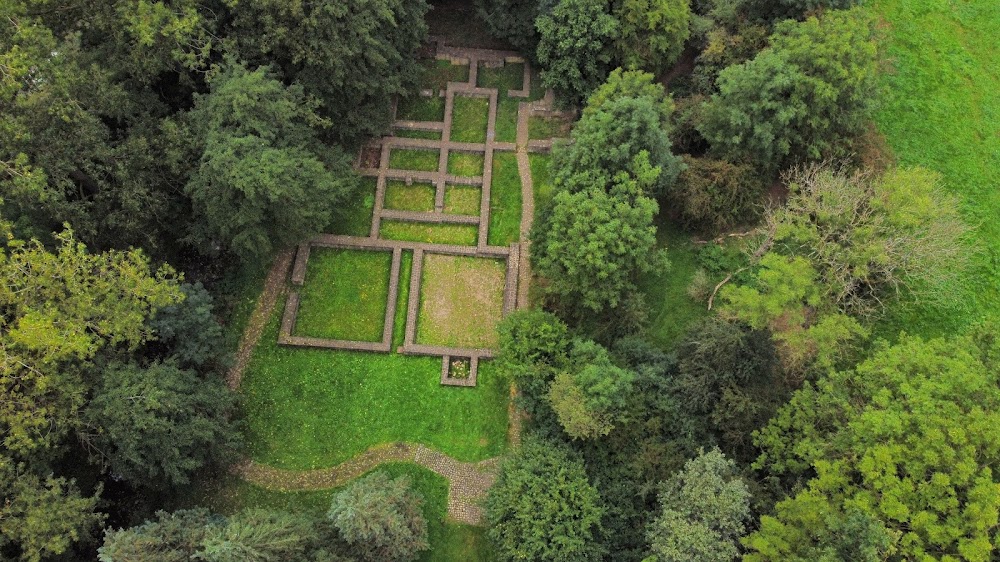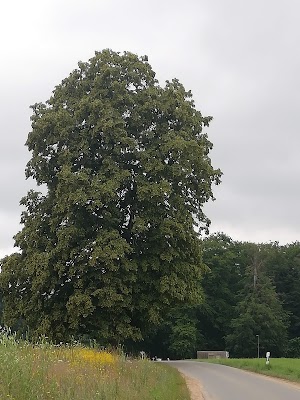Useldange Castle (Useldange Buerg)
Overview
**Useldange Castle: A Historical Gem in Luxembourg**
Useldange Castle, nestled in the charming Canton of Capellen, Luxembourg, is a captivating piece of history that dates back to the 12th century. While the exact details of its origins remain somewhat elusive, it is widely believed that the castle was built around 1129 as a fortified residence for the local nobility. Initially designed as a defensive stronghold, its primary purpose was to safeguard its inhabitants from invading forces and local conflicts that were commonplace during the medieval era.
Constructed on a strategic hilltop, Useldange Castle offered stunning panoramic views of the surrounding valleys and towns. This elevated position was crucial for monitoring enemy movements and signaling allies in times of danger. The original design featured a simple keep, a robust tower with thick walls that served as the final line of defense. Encircling the keep were essential utility buildings and living quarters, all protected by a formidable wall.
Over the centuries, Useldange Castle underwent numerous enhancements and expansions. During the 14th and 15th centuries, significant modifications included the addition of a new curtain wall, fortified gates, and extra residential structures to accommodate a growing population and to reflect the increasing wealth and influence of its owners. This architectural evolution showcased a blend of Romanesque and Gothic styles, mirroring the broader shifts in design during the medieval period.
Throughout its history, Useldange Castle was meticulously maintained by a succession of prominent families. However, by the 16th century, the necessity for such heavily fortified residences diminished. The advent of gunpowder and more powerful artillery rendered traditional defenses less effective, leading many castles, including Useldange, to transition from military fortresses to stately homes.
Despite this shift, the castle remained inhabited until the early 17th century. As the families who owned the castle gradually moved away or lost interest in its upkeep, the structure fell into disrepair. By the 19th century, much of Useldange Castle had been abandoned and began to deteriorate significantly.
In the 20th century, preservation efforts commenced as the recognition of the castle's historical and cultural significance grew. The Luxembourg government, alongside local heritage organizations, initiated steps to stabilize the ruins and prevent further decline. Restoration projects included reinforcing weakened walls, installing informative signage, and creating pathways to safely guide visitors through the castle grounds.
Today, Useldange Castle stands as a testament to the rich history and architectural evolution of the region. The partially restored ruins offer a window into medieval life and the strategic importance of such structures. Informational plaques and guided tours provide visitors with insightful details about the castle’s storied past, its architectural features, and the various noble families who once called it home.
Beyond being a symbol of Luxembourg's historical heritage, Useldange Castle serves as a venue for various cultural events and educational programs. These activities help bring history to life and ensure that the significance of such important sites is appreciated by future generations. Whether you're a history enthusiast, an architecture aficionado, or simply seeking a scenic stroll through ancient ruins, Useldange Castle promises a rich and engaging experience.









